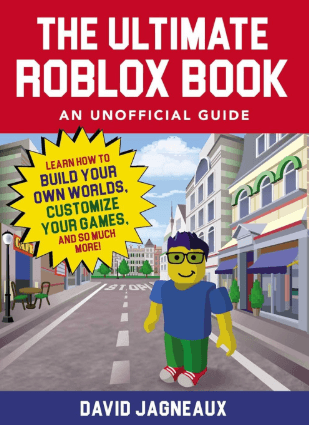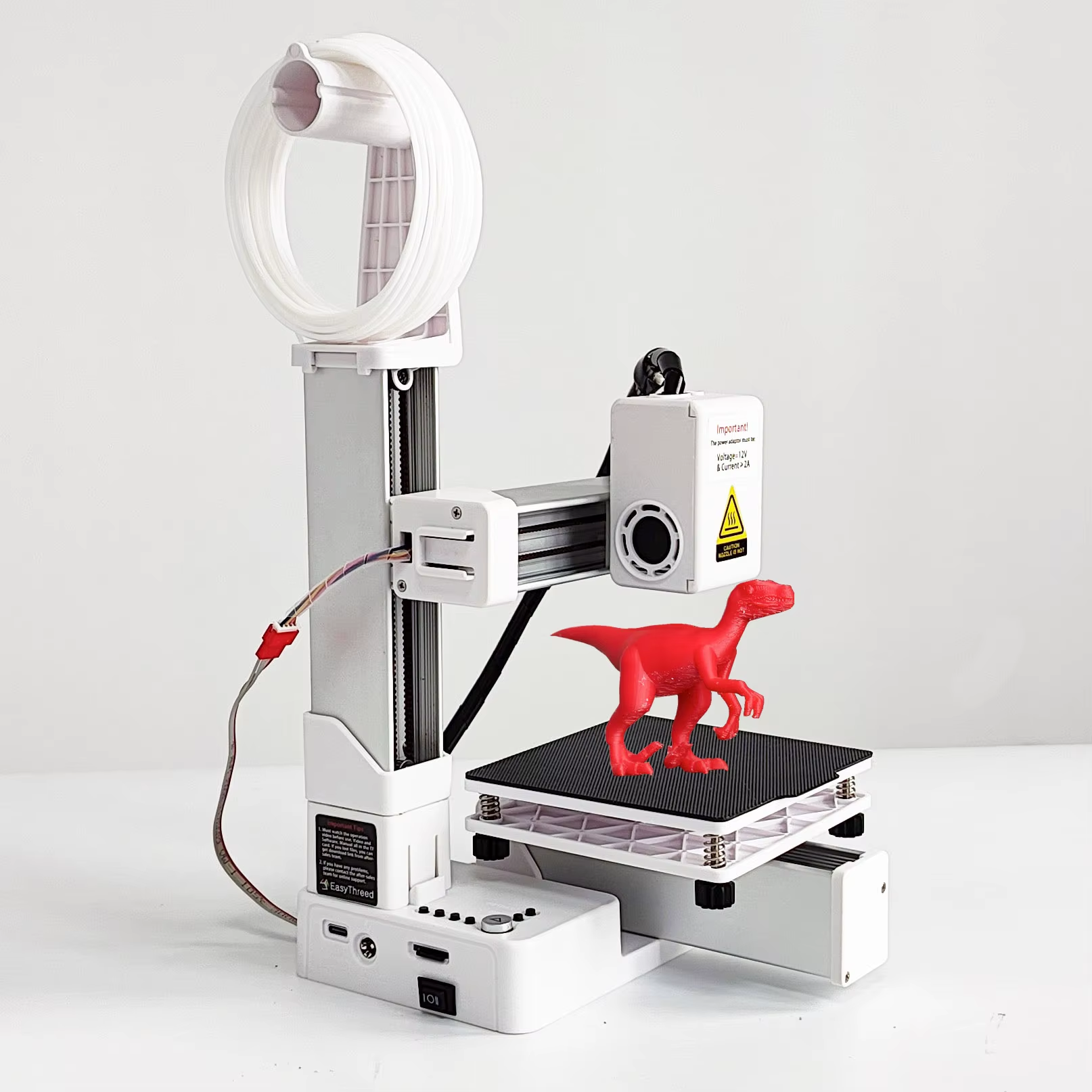City-building and resource management games like SimCity, Cities: Skylines, Anno, and Banished offer a unique strategic experience focused on planning, optimization, and sustainability. Success depends on balancing growth, infrastructure, and resources while responding to dynamic challenges. Here’s how to build prosperous cities and manage resources effectively.
1. Prioritize Efficient Resource Collection and Usage
Identify key resources early—such as food, water, energy, and building materials—and ensure steady production. Avoid waste by balancing supply with demand, upgrading production facilities, and managing storage efficiently.
2. Plan Your City Layout Thoughtfully
City layout affects traffic flow, service coverage, and overall efficiency. Zone residential, commercial, and industrial areas strategically. Place essential services like hospitals, fire stations, and police stations to maximize coverage and minimize response times.
3. Manage Population Growth Carefully
Rapid population growth can strain resources and infrastructure. Monitor citizens’ needs and happiness, provide sufficient jobs and services, and expand gradually to maintain a stable economy and quality of life.
4. Maintain Balanced Budgets and Invest Wisely
Keep an eye on income and expenses to avoid deficits. Invest in infrastructure and services that offer the best return on investment. Avoid unnecessary spending that doesn’t contribute to growth or citizen satisfaction.
5. Adapt to Changing Conditions and Events
Dynamic events like disasters, economic shifts, or resource shortages require flexible strategies. Prepare contingency plans, maintain reserves, and react swiftly to minimize negative impacts.
6. Optimize Transportation and Traffic
Efficient transportation networks reduce congestion and improve resource distribution. Build roads, public transit, and logistics hubs to connect key areas, enabling smooth movement of people and goods.
7. Focus on Sustainability and Environmental Impact
Many city-builders include environmental factors like pollution and resource depletion. Implement green technologies, recycling, and clean energy to maintain long-term sustainability and citizen health.
8. Research and Upgrade Technologies
Unlocking new technologies often improves production efficiency, unlocks buildings, or provides new tools. Prioritize research based on your city’s needs and growth plans.
9. Balance Short-Term Needs with Long-Term Goals
Address immediate problems like food shortages or crime spikes but keep an eye on your city’s future growth and infrastructure needs. Strategic planning helps avoid crises and supports steady expansion.
10. Learn from Feedback and Adjust Your Strategy
Pay attention to citizen feedback, statistics, and game alerts. Use this information to tweak your plans and improve your city’s performance continuously.

City-building and resource management games reward careful planning, balanced growth, and adaptability. By managing resources efficiently, designing smart layouts, and responding to challenges proactively, you can create thriving virtual cities that flourish over time. Whether you prefer peaceful development or challenging scenarios, strategic thinking is key to success.



